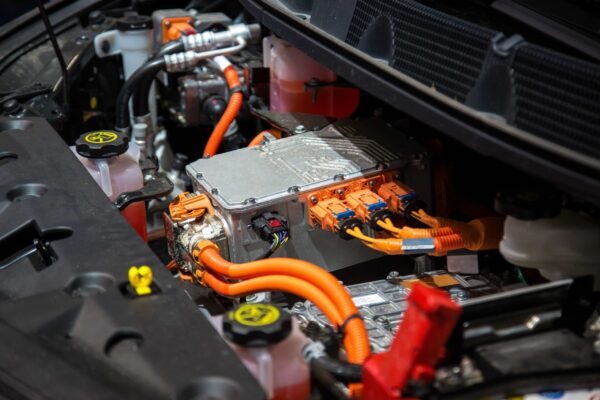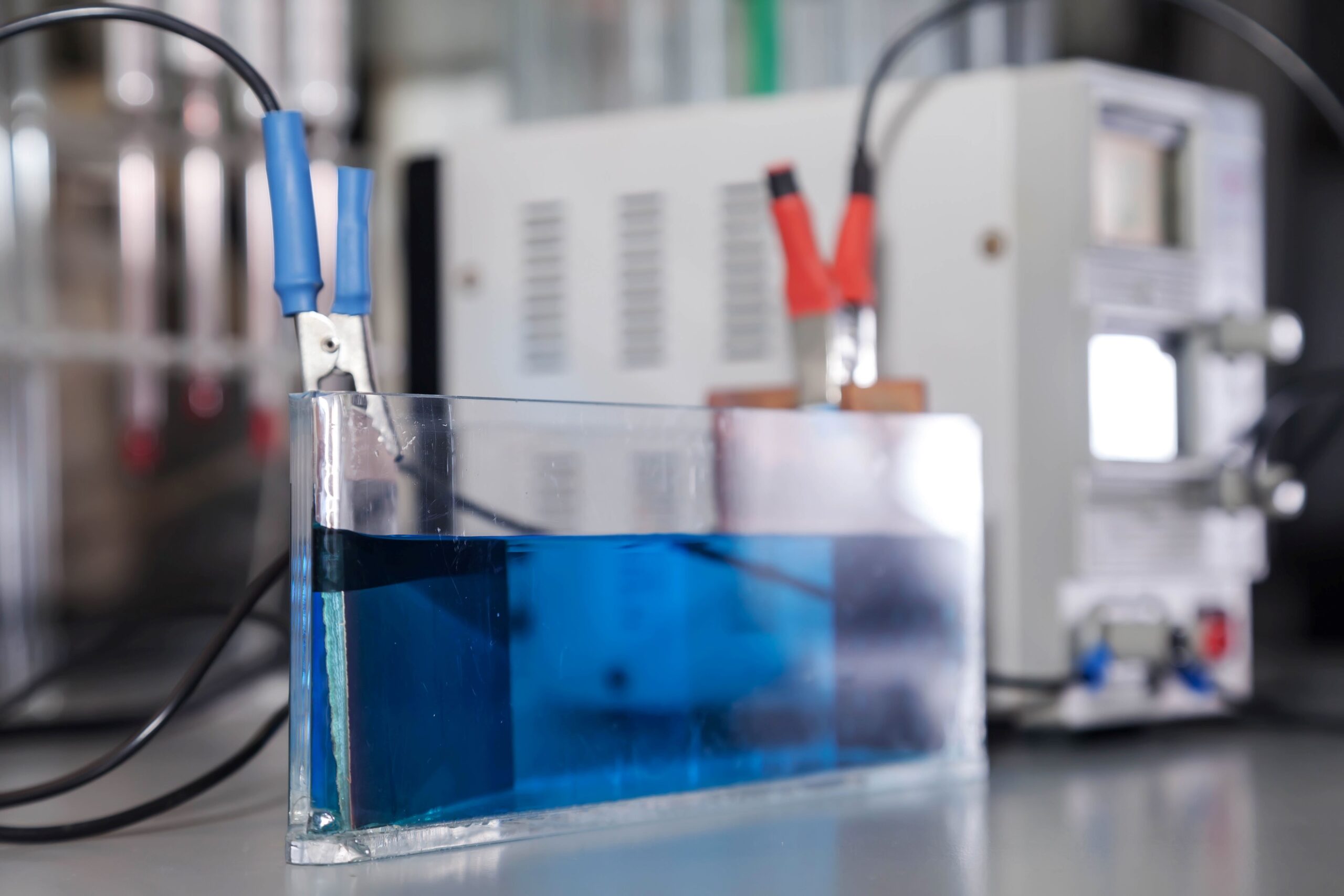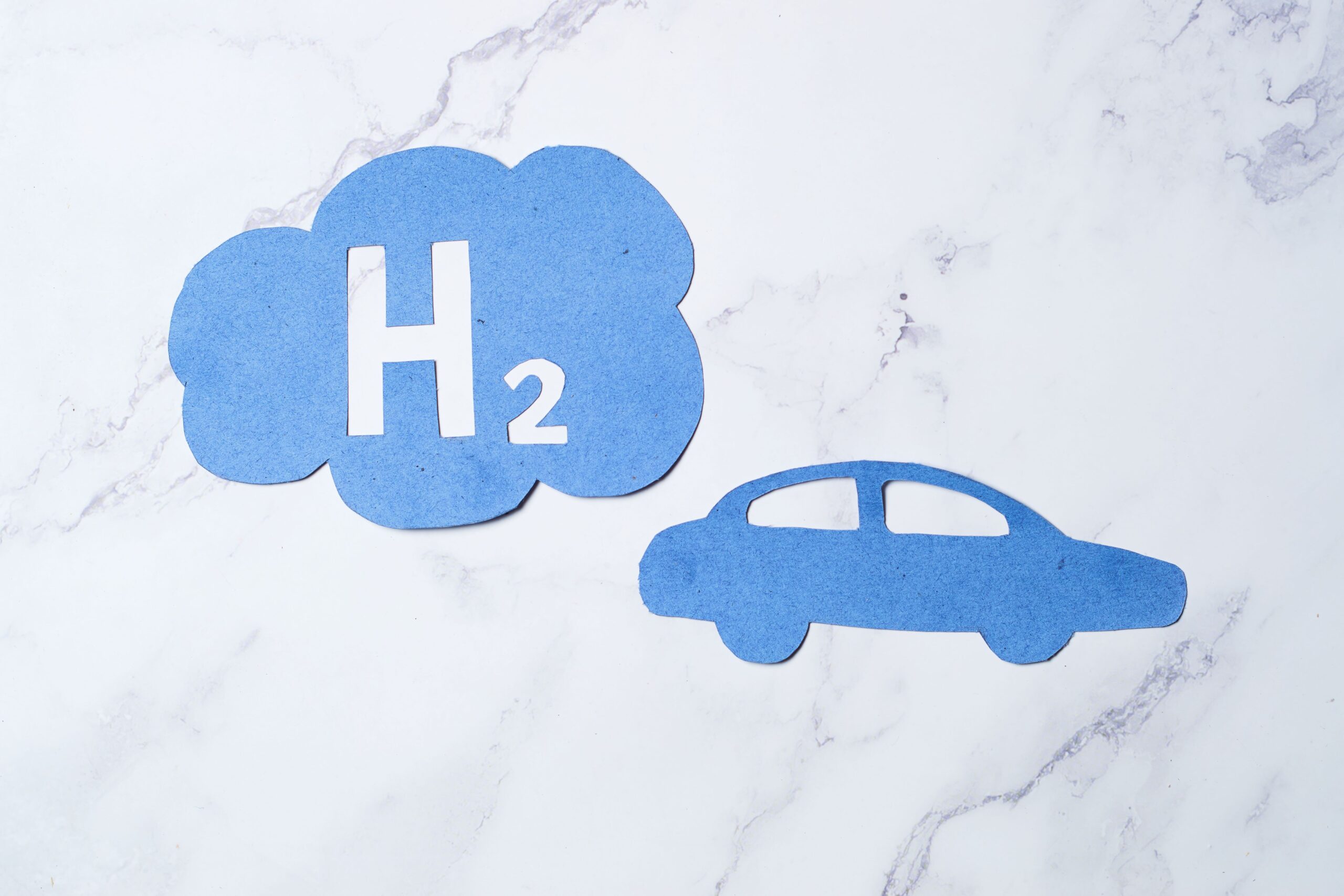
On one of the rare clear days, an engineer from the Osaka office was poring over tables and graphs. In another hemisphere, an entrepreneur in Düsseldorf was flipping through presentations in which every second of charging was converted into dollars. They were both looking for the answer to the same question. Which technology will raise the next flag in the energy race?
On paper, the choice seemed simple. On the one hand, there were solid-state batteries. They are compact, safe, fast-charging, and promise freedom from lithium leaks; however, there are hydrogen fuel cells. Their promises sounded like science fiction: clean steam instead of exhaust, higher energy density than any battery, and refueling faster than a cup of coffee from a vending machine.
But the real world rarely follows the logic of spreadsheets. And now, everything from automotive to aviation, logistics to consumer electronics, finds itself at the crossroads of these two concepts. Not just technologies but entire industries are choosing sides, and with them, governments, startups, and consumers.
Power of Solid-State Batteries
Solid-state batteries are not new. Scientists have been discussing them for decades, but they are only beginning to leave the laboratory. The material has changed everything. Instead of a liquid electrolyte, there is a stable, safe, and non-flammable solid substance. This step has made batteries lighter and more powerful.
Their advantages can be summed up in three simple formulas:
- More energy in less space. Electric cars can travel further, smartphones will work longer, and drones will fly higher.
- Fast charging. The entire charge can be restored in twenty minutes without overheating the device or wearing out the components.
- Increased safety. There is no risk of leakage, no liquids that could react if the case is damaged.
Manufacturers have not stood idly by. Toyota, QuantumScape, and Samsung have begun large-scale investments. Factories are being rebuilt, supply chains are being adapted, and engineers are changing their power calculations. Everything indicates that solid-state batteries are set to default for all new devices with high energy density requirements.
But this road has its limits. Manufacturing complexity, expensive materials, and a still-limited service life in real-world conditions are barriers that the technology is only learning to overcome.
Hydrogen as an Idea
A couple of minutes later, at a filling station in the suburbs of Tokyo, a truck driver lifts a hose and continues on his way. There is no noise, smoke, or carbon. The tank is filled with hydrogen, and the exhaust pipe emits water vapor.
Hydrogen fuel cells work on an almost perfect principle. A reaction takes place in the chamber between hydrogen and oxygen. Electricity is generated, and only moisture remains instead of exhaust. It’s not just clean; it’s beautiful.
The technology has its strengths:
- High energy density. Per kilogram, hydrogen stores more energy than any battery.
- Fast refueling. The process takes the same amount of time as with gasoline or diesel.
- Scalability. The cells suit trucks, buses, trains, and even airplanes.
Supporters of the technology consider it a logical continuation of energy development. Hydrogen production can be based on solar or wind power, using surplus energy for water electrolysis. This solves the energy storage problem, which has always been an obstacle to renewable sources.
However, not everything is smooth here either. The production of pure hydrogen requires infrastructure, and its transportation and storage are technically complex and expensive processes. Without a network of filling stations, no vehicle fleet will switch to hydrogen. So far, such stations can be counted on the fingers of one hand, even in technologically advanced countries.
In addition, there is the question of the source. The whole environmental point is lost if hydrogen is produced from gas or coal. That is why hydrogen not only has to prove its efficiency, but also fight for the purity of its origin.
Battle Without Arena
When engineers talk about technology, they discuss watts, amps, and cycles. But when it comes to implementation, everything comes down to land, pipes, and money. This is where the real duel takes place: solid-state batteries versus hydrogen fuel cells. Not in laboratories, but in parking lots, logistics centers, and city government plans.
The advantage of batteries is their readiness for use. Charging stations are already in place in megacities, shopping centers, and private homes. Cars with lithium batteries have become commonplace. And solid-state technologies are easily integrated into this landscape. For consumers, the change will be imperceptible. Cars will become lighter, faster, and safer, but the outlet will remain the same.
The situation is different for hydrogen. It requires a new ecosystem. Everything from production to distribution needs to be designed from scratch. Hydrogen filling stations, special containers, and revised logistics routes are needed. Even the pipes must be redesigned: old materials cannot cope with the light and volatile gas.
The economy is still on the side of batteries. The cost price is falling. Scaling is underway. Each dollar invested yields more and more kilowatt-hours. Hydrogen does not have this dynamic. Here, a different logic applies: the logic of government programs, long-term contracts, and strategic infrastructure. That is why hydrogen is more often found where political goals are as important as money: energy independence, reduced imports, and diversification of the transport sector.
Yet, these systems are not in competition with each other but rather complement each other. Batteries work better over short distances, in urban environments, and consumer electronics. Hydrogen wins where scale is needed on highways, trains, sea routes, and heavy industry.
There Will Be No Winner
Solid-state batteries and hydrogen fuel cells are not opposites, but different paths to the same goal of clean, reliable, and affordable energy. Batteries offer speed, compactness, and ready-made infrastructure. Hydrogen offers power, range, and potential for large industries. Together, they form the basis for an energy system that will respond to today’s challenges and the questions that will arise tomorrow.
The choice between them is not about who is stronger. It is about how to build a sustainable world where energy adapts to needs and technologies work in harmony.